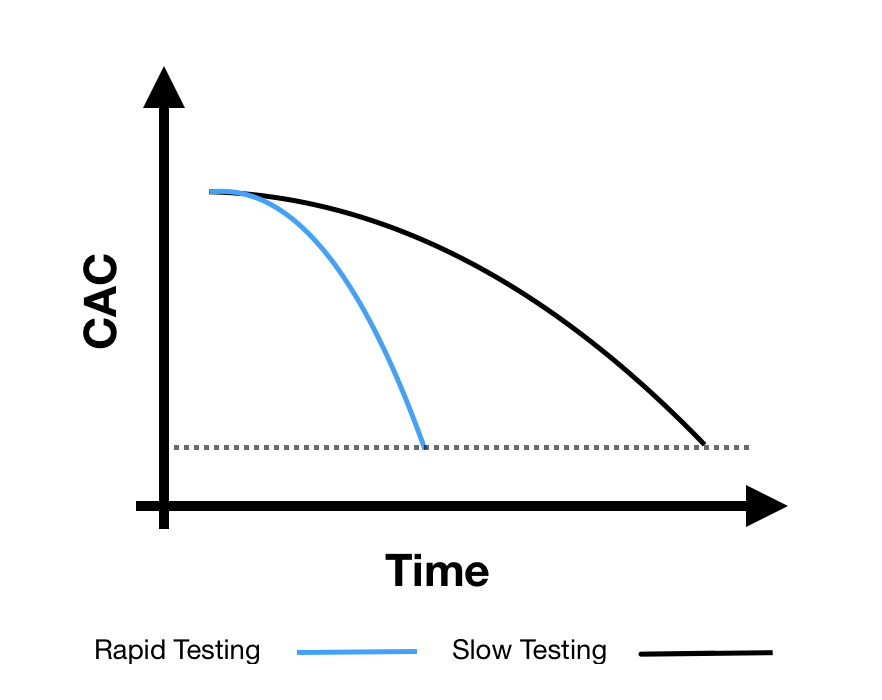5 common growth marketing mistakes startups make – ProWellTech
Having spent time in the trenches with many startups, I’ve been lucky to see why many growth marketing engines don’t work correctly. I say I’m lucky because the issues I’ve seen have taught me an immense amount about what makes a well-oiled, polished growth marketing engine fire on all cylinders. My experience at Postmates taught me more through mistakes than triumphs, and I learned how to correctly scale a growth engine while marching us toward an exit.
A common thread of mistakes connects most startups that try their hand at growth marketing. Some frequent errors include performance metrics not being correctly measured, product and growth teams working in silos, low testing velocity and failure to consider the entire marketing funnel.
This is not to say that there aren’t unique problems at each startup. I’m only saying that there a few that are ubiquitous.
Low testing velocity
The day is far in the future when you’ll be able to flip a switch for paid acquisition, lifecycle, social media and content, and have all of it run automatically. Until that day arrives, the need to continue testing is paramount.

A visualization of how a “rapid testing” framework can accelerate CAC reductions. Image Credits: Jonathan Martinez
It’s simple: Test more and the results will come to fruition sooner. While the concept is simple, you will need a proper testing framework — one that defines the number and type of weekly tests that are being deployed. A sample weekly test plan can look something like this:
- Paid acquisition: Two creative concepts x three copy iterations = six creative assets.
- Lifecycle: Two copy variations x five emails = 10 email variations.
Create a testing framework and, most importantly, stick to it. The results will follow.
Reliance on incorrect measurements
When measuring the success of a campaign, whether on social media for paid acquisition or with a retention series on lifecycle, it’s vital to have the correct metrics before taking action — this is the foundational pillar of any growth marketing stack.
But what if your performance metrics are inaccurate? And if they are, why? I’ve listed the top three reasons for not having correct metrics below:
- Attribution source.
- Attribution loss.







